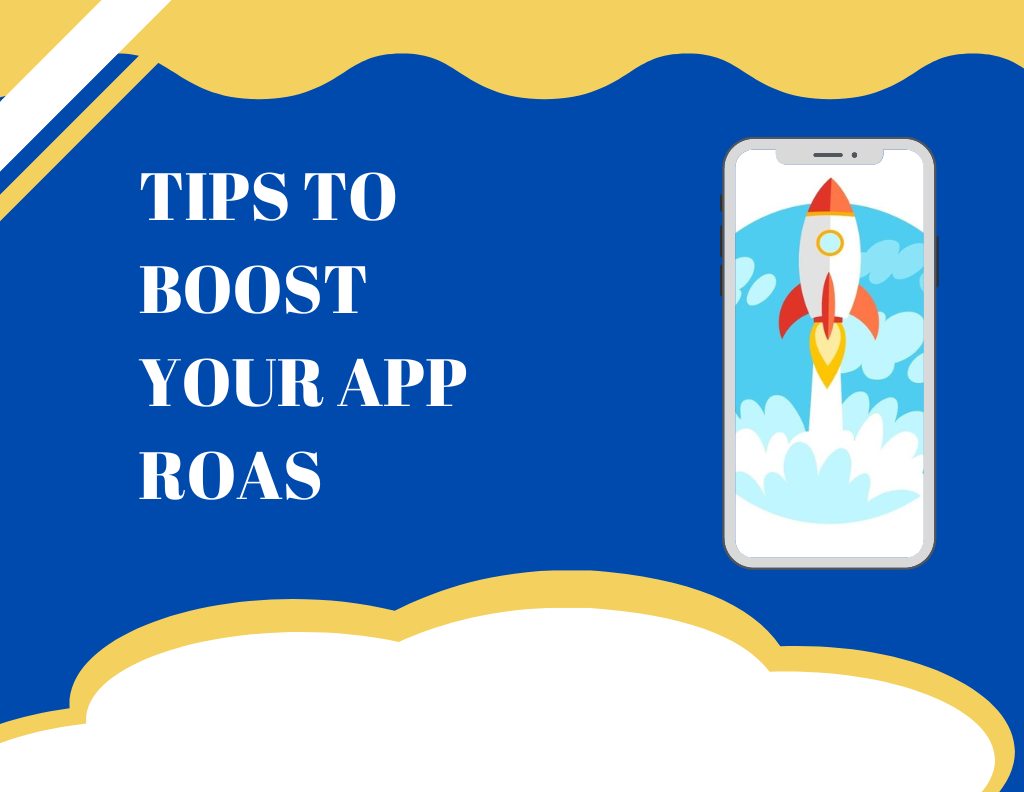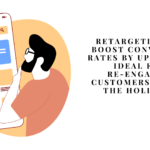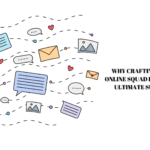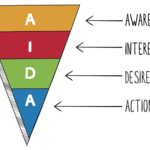The internet has emerged as one of the most potent tools in the modern world, capable of transforming people’s lives. We can not only connect and socialize online but generate revenue and build a successful business on the internet. One of the essential strategies to make money on the internet is to build your brand through awareness and advertising.
So, how do we measure the success of our brand-building efforts?
ROAS (Return on Advertising Spend) is one of the most crucial metrics for online businesses to track advertising spending and revenue generation. In this blog, we will explain the nuances of ROAS and the role online customer experience plays in generating revenue.
What is ROAS (Return on Advertising Spend)?
The amount of money made from each dollar invested in promotion is known as ROAS, sometimes stated as a percentage. ROAS is a metric marketer can use to assess mobile app acquisition efforts. Once the initial installation is processed, they might want to check the ROAS after an interval of 3-day, 7-day, or 30-day. Each of these measures will assist app marketers in understanding how much users spend three, seven, and thirty days after the app was installed and will subsequently highlight the networks or campaigns that attracted the highest-value customers.
Marketers have access to hundreds of indicators to analyze and optimize their campaign betters. But the question arises – What is the exact role played by ROAS? – ROAS is ultimately the most important metric for marketers. If you spent more than you made from those users, a promotion could not be successful, even if it brought in high-quality consumers who significantly increased app income.
Marketers can benefit from a partial ROAS with the use of predictive data. For instance, if an app is aware that users who cover 50% or more of their costs by day 3 are sure to become valuable consumers by day 30, it will consider this information. Proactive campaign improvement in this situation can help achieve a positive ROAS by doubling down on ineffective ad groups and creative ads depending on the data provided.
Why ROAS is an Important Factor for e-Commerce Industry like Shopify and WooCommerce
A successful Return on Ad Spend (ROAS) separates thriving e-commerce firms (such as Shopify and WooCommerce) from failing ones. It’s critical to comprehend when and how to use ROAS as a marketing statistic when making decisions regarding your sponsored advertising.
ROAS is crucial for e-commerce companies since they run several adverts on various channels. It provides a metric that can be monitored at the channel, promotion, or ad level to identify what is and is not performing well in marketing and advertising. Instead of a 10,000 view of your marketing team, it is beneficial for assessing the success of particular advertising initiatives. When using ROAS, it’s frequently possible to determine whether an advertisement should be scaled or disabled.
Boost Your ROAS by Fine Tuning Online Customer Experience
Remember that ROAS is calculated by dividing the entire revenue generated by your advertisements by the cost of such advertisements. Your ROAS will increase if sales rise, but ad spending stays the same.
Targeting the wrong audience, poor click-through rates, or lower conversion rates can contribute to an ad campaign’s poor performance.
Fine Tuning Online Customer Experience:
1. Make your website mobile-friendly: As more customers begin their web research on cell phones, it is very important that your website can quickly load on your customer’s cell phones. If your website doesn’t provide a user-friendly environment to the clients who can convert, then it is all a waste no matter how alluring your PPC advertising is—you’d be spending for the clicks but not obtaining the conversion!
There are a variety of approaches to improve a mobile shopping experience, including enhancing load times, utilizing location services to give targeted content, and using design features (such as accordions) to de-clutter product descriptions.
2. Concentrate on Keyword Selection: Your keyword selection must be precise to draw customers who are specifically looking for the advertised product and are prepared to place an order. To help draw in traffic volumes that are more inclined to convert, you can use lengthy keywords to optimize each product description or landing page on your site. To gain more clicks at a cheaper cost, find exact, low-competition phrases that are likely to be overlooked by your rivals using PPC software or keyword research tools.
3. Employ Geo-targeting: If your business sells auto components, you shouldn’t pay for clicks from clients who live thousands of miles away. If you run an e-commerce site and only ship to specific countries, you would only be charged for clicks from customers who live in the regions where you ship your products.
Focus your advertising on users starting their searches from specified geographical locations or who specify a specific place in their search keywords to prevent paying for clicks from individuals who mightn’t be able to purchase from you owing to their regions. You can narrow the audience for your ads by city, state, county, ZIP code, or the area surrounding your business location.
4. Make Your Landing Pages Better: Remember that receiving the click is the first action. You must maximize the customer experience from the instant a person reaches your website until they complete a transaction if you want to convert visitors into buyers. Using the identical landing page across all your ads, irrespective of the varied content creation or target groups is one of the worst blunders advertisers can make.
Content strategy on your landing pages must be consistent with the ad wording. For instance, if you advertise a 20% discount, the landing page should also emphasize that deal. To improve the content strategy and conversion rate, do an A/B test of your landing pages. Additionally, ensure you have a procedure to re-engage people who did not complete the sale on their initial visit, such as retargeting campaigns or emails prompted by cart abandonment.
5. Utilize CRO techniques to increase conversion rates: Ensure visits turn into consumers if you want to boost income. Seventy-five per cent of all e-commerce sites experience cart abandonment. This corresponds to many visitors placing items in their carts but abandoning the payment process. You must improve the conversion funnel and lower the percentage of cart abandonment on your e-commerce site if you want to ensure that you recover as much of this future lost income as possible.
6. Encourage Seasonal Deals: The conversion rate may be impacted by how timely the messaging, goods, and deals in your ads are. You may enhance the likelihood that searchers seeking information or products linked to the event will notice your advertisement by tailoring it to festivals, events, or anything else occurring in your field, such as conferences.
To provide a streamlined customer experience that encourages conversion, you should also ensure that you’re presenting these products on your webpage in a manner that’s appropriate for the situation.
7. Use the “Negative Keyword” Option: You may raise ROAS by boosting income from each advertisement and decreasing ad costs. You can discover that specific keywords are receiving clicks but not leading to any conversions when you obtain a search queries report. You won’t want to be spending for these clicks if you want to improve your ROAS. Add such keywords to the list of negative keywords to prevent searches for such keywords from triggering your ad and save money on clicks that don’t result in sales.
8. Utilize Product Listing ads or PLAs: Google frequently displays a range of product images and URLs at the top of the search results when you search for a particular item. Such product listing advertisements, or PLAs, are displayed in response to elevated keyword searches. According to a survey, PLA revenue has increased by 52% over the previous year. The growth is especially noteworthy for mobile PLAs, which have seen sales rise by 164% and ROAS rise by 23%.
Ensure your website has detailed and pertinent goods descriptions if you want your PLA to be more efficient. Create a bidding technique that combines competition levels, product profitability, and conversion rates to determine a maximum bid to guarantee success. This will help you optimize your products more quickly.
9. Boost Your Ad Quality Score: A superior ad position and a cheap CPC are both results of a high-Quality Score. Additionally, a reduced cost per conversion is associated with it.
The method used to calculate the Quality Score for your keywords includes the relevance of your campaign. Organizing your keywords into small, cohesive groupings is one of the most acceptable methods to increase the relevance of your adverts. This will make it easier to make keywords more precise and better align with the creative content of your website so you can draw exact customers who are looking for your services or goods.
10. Creative Testing Should Come First: To find successful ads that dramatically increase ROAS, rigorous, ongoing creative testing is required. Concerning ROAS, new ad design methods have a 5% probability of surpassing top-performing ads for direct reactions from clients that spend more than $50,000 per month. Utilizing effective marketing can boost ROAS by 200 per cent or more.
To minimize ad fatigue and sustain positive ROAS at scale, prominent direct response marketers must continuously produce new creative content and test hundreds of them. You’ll need to keep trying the ad creatives to develop wins to counteract the efficiency decline brought on by natural creative fatigue, as the finest ad creatives may only last less than 30 days.
Please be mindful that the creation of a comprehensive online paid advertising campaign that achieves company goals requires merchants to identify their budget, have a firm grasp on profit margins, and set a strong ROAS strategy.





